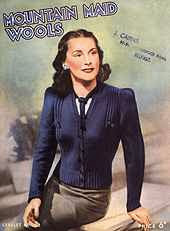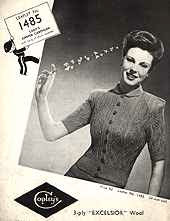In 1884 Mrs. Mary Haehnlen penned "A Book of Fancy Designs for Ornamenting Oriental Work". In 24 pages she describes about 70 ornamental stitches, and combinations of stitches. These combinations of stitches and their higglety pigglety placement is an extension of the art of crazy quilting, so popular in Mrs. Haehnlen's day.
Our friend Mary writes with a tone typical of craft publications from this period. Assuming, and a little pompous, I really enjoy reading and working from these kinds of books.
From the Introduction:
Her instructions are vague, and her first instructions are aptly catty:
"Nos. 1 and 2 are the common straight and cat stitches, and every one knows how to make them."
Ahhh, the cat stitch. Everyone knows that one, right? Well maybe everyone did in 1884, but not everyone would have the same stitch in mind. In the world of Victorian embroidery this stitch goes by a few different names: Cat Stitch, Brier Stitch, Coral Stitch, Catch Stitch, Feather Stitch and variations therein.
Unfortunatly, even in Victorian needlework, there are many other stitches that also lay claim to the name of Cat Stitch, and to the name of the other stitches I have mentioned.
In the case of A Book of Fancy Work for Ornamenting Oriental Work, 'cat stitch' is a modern herringbone stitch. The 'feather stitch' it employs has nothing to do with Opus Plumicarium.
Instructions for more complicated stitches are only slightly more helpful. Example:
"No 9, make the same as cat - stitch, only put the needle in up and down instead of across. No. 10 is made the same as feather stitch."
It is understood that the Victorian embroiderer would read this and substitute her stitch preference for any one of these stitches.
Still, the stitches themselves are simple, after some updating of terminology. It is the combinations of these stitches that are unique. Also surprising to a modern eye are the vibrant and contrasting colours used. New dyes introduced in this industrial era made many more colours available, and those colours were now much more saturated and were much brighter. Needlework became more lively as well, as can be seen in Berlin work and other needlepoint methods that used German Wools.
Despite the Victorian craze for the Oriental (thank you Mr.Vantine and assorted Mitfords) I was surprised to find that this 'crazy' style was considered Asian. Because of their Quilting tradition, I had always associated crazy stitching with the American South and assumed that it's popularity in this period was due to the matereral shortages of the Civil War.
Oh Ashley!
-Reviewed for Antique Pattern Library's Collection





































 A Rectangular Pad attached to the shoulder at the centre of the pad's long seam. Small stitches tack those inner corners to the front and the back of the garment.
A Rectangular Pad attached to the shoulder at the centre of the pad's long seam. Small stitches tack those inner corners to the front and the back of the garment. 

 A Rectangular pad attached to the shoulder at the sleeve seam with the long seamed edge pointing up into the puff. The fullness of the sleeve is kept aloft by the pad's seam. This is suited to a twin set because of the seaming difficulties. The determined could tack the lower corners to a bra strap or a under shirt to prop up a knitted jacket.
A Rectangular pad attached to the shoulder at the sleeve seam with the long seamed edge pointing up into the puff. The fullness of the sleeve is kept aloft by the pad's seam. This is suited to a twin set because of the seaming difficulties. The determined could tack the lower corners to a bra strap or a under shirt to prop up a knitted jacket.

















